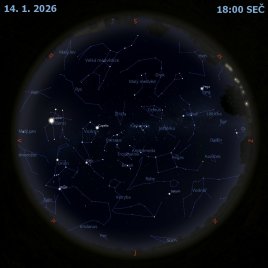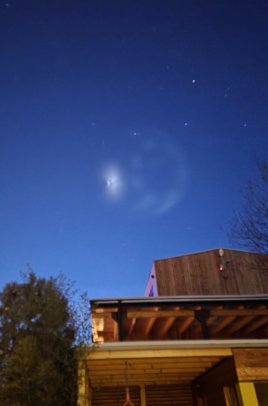Planetka Bennu obsahuje základní stavební kameny života
Uznání videa:
Data:
NASA,
SVS,
U. Arizona,
CSA,
York U.,
MDA;
Visualizer:
Kel Elkins
(lead, SVS);
Text:
Co nám může vesmírný kámen říci o životě na Zemi? Sonda NASA OSIRIS-REx se v říjnu 2020, opatrně přiblížila k blízkozemní planetce 101955 Bennu aby odebrala vzorky povrchu. V září 2023 se tato kosmická sonda vrátila se vzorky na Zemi. Nedávná analýza překvapivě ukázala, že vzorky obsahovaly 14 z 20 známých aminokyselin, základních stavebních kamenů života. Přítomnost aminokyselin znovu nastoluje velkou otázku: Mohl život vzniknout ve vesmíru? Samotné stavební kameny bílkovin však skrývaly další překvapení, obsahovaly rovnoměrnou směs levotočivých a pravotočivých aminokyselin, na rozdíl od naší Země, která má pouze levotočivé. To vyvolává další velkou otázku: Proč má život na Zemi pouze levotočivé aminokyseliny? Výzkum této otázky bude určitě pokračovat.
Seznam odkazů v popisu
- NASA: National Aeronautics and Space Administration
- NASA: OSIRIS-REx
- APOD: 2020-10-22 Dotknutí Bennu
- APOD: 2020-10-12 Sestup k planetce Bennu
- NASA: Bennu
- APOD: 2023-09-29 Zpět z Bennu
- Nature.com: An evaporite sequence from ancient brine recorded in Bennu samples
- Wikipedia: Amino_acid
- NASA: NASA’s Asteroid Bennu Sample Reveals Mix of Life’s Ingredients
- Wikipedia: Chirality
- NASA: How Life Turned Left
- Reddit.com: Foto: My kitten is helping me work from home, I had to give her her own keyboard to keep her off mine. :-)
NASA Official: Phillip Newman Specific rights apply. NASA Web Privacy Policy and Important Notices
A service of: ASD at NASA / GSFC & Michigan Tech. U.
Odkaz na originální APOD


